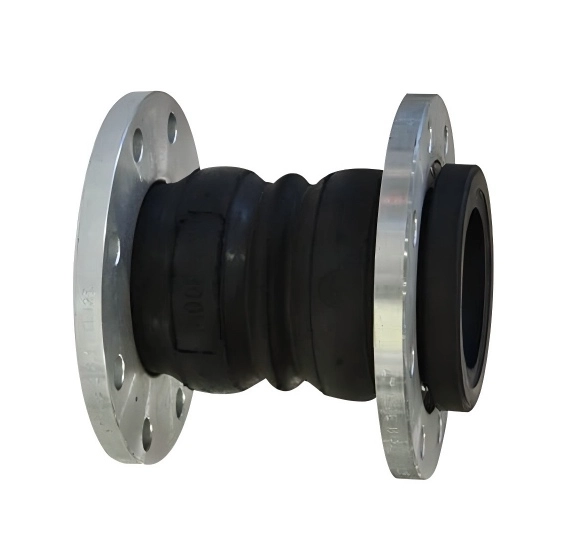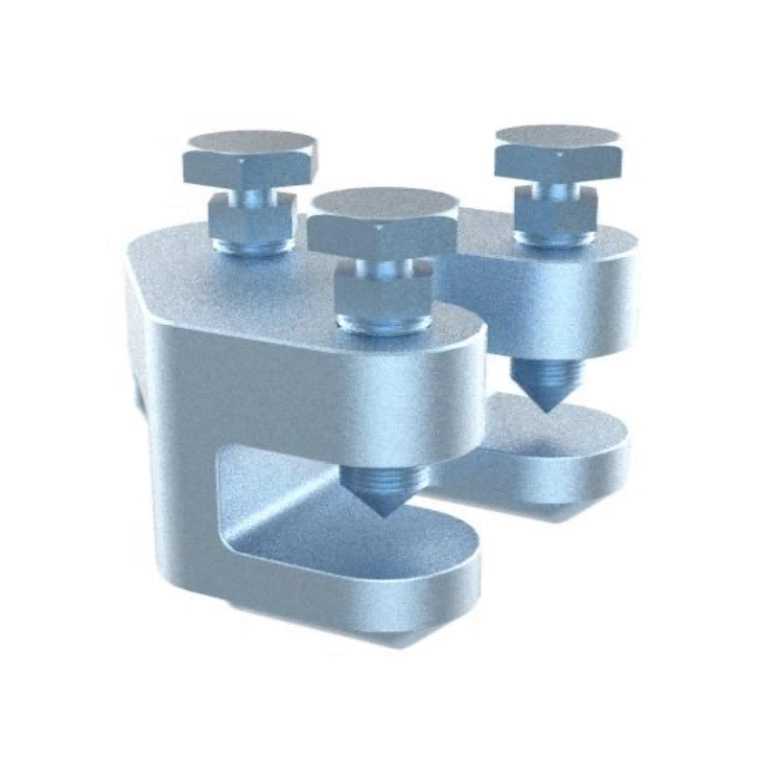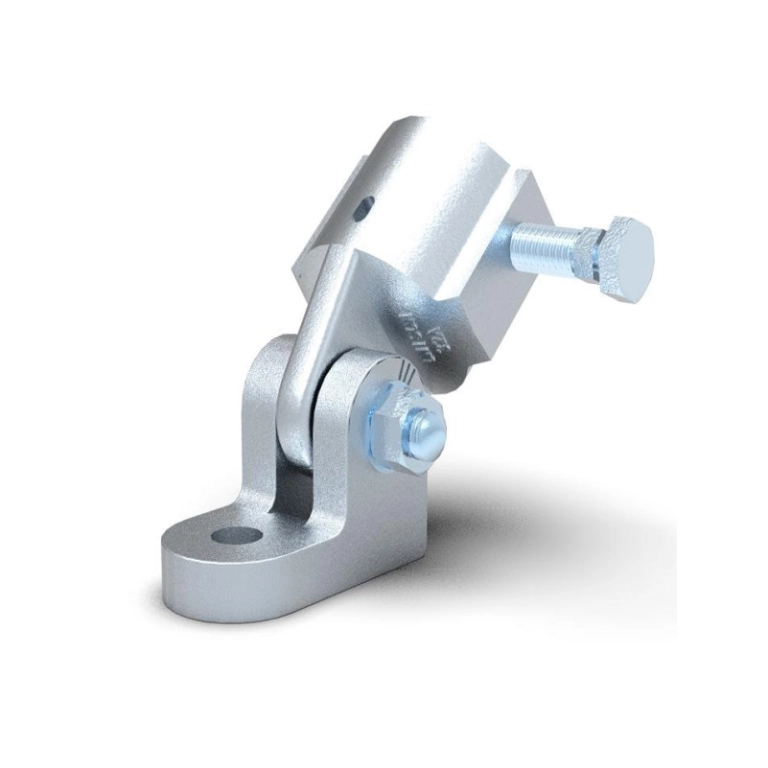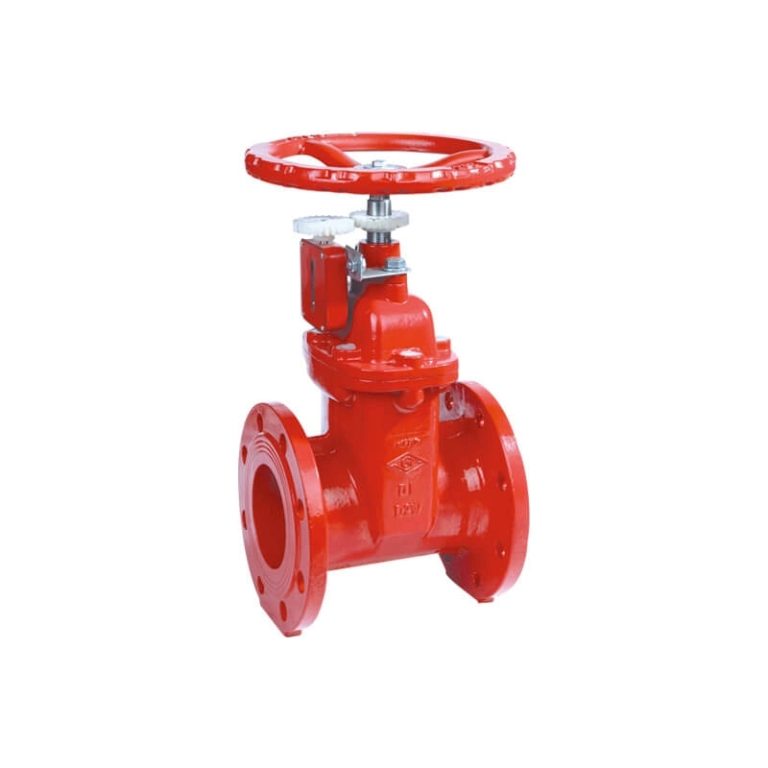
In areas where the ground moves out of the blue, fire protection setups deal with two big risks. Flames hit fast. And ground shakes add sneaky trouble. Think of a tall building in Los Angeles hit by a 6.5 quake. Pipes bend. Connections pull tight. Sprinklers meant to put out fire break open instead. Water spills everywhere. Or they quit working. That picture points out the main job of flexible joints in seismic bracing systems. These parts do more than link pipes. They work like buffers. They keep fire suppression lines solid when the earth jumps underfoot.
Folks who design buildings and run sites get the dangers. One crack in a sprinkler pipe can change a small problem into a huge mess. That rings true in spots prone to quakes, say California or Japan. Rules from the International Building Code (IBC) and NFPA 13 now require bracing for key systems. But stiff setups by themselves don’t cut it. Flexible joints fill that space. They let things shift a bit while holding steady on pressure and water flow. This piece looks at how they work, where they fit, and why they’re a must in today’s fire safety plans. We’ll check out real-life needs and tested builds. That way, we spot how these pieces protect people and buildings.
Understanding Seismic Events and Their Impact on Fire Protection Infrastructure

Quakes send side-to-side pushes that spread through buildings. Those pushes check every link in pipe runs. A quick shake can move parts of the structure inches. Or even feet. That builds side forces rigid pipes can’t take.
The Mechanics of Earthquakes and Piping Stress
Ground waves move in odd ways. First waves squeeze and stretch. Next ones slide side to side. Then ground rollers act like waves on water. For overhead fire pipes, those pushes get bigger. A 2019 report from the Earthquake Engineering Research Institute showed unbraced sprinkler pipes in a 7.1 shake moved up to 24 inches. Joints broke in 40% of those cases. Pressure builds at bends, crosses, and ends. Heat changes already tug there day to day.
Fire lines keep water at 175 psi sealed in. A ground hit throws that off. Leaks or pops can follow. Old-school metal links last against rust. But they pass shakes right along. That makes breaks worse as time goes on.
Vulnerabilities in Traditional Fire Sprinkler Systems
No good fixes make ceiling pipe nets a weak spot. Records from the 1994 Northridge shake counted over 1,200 sprinkler breaks in Los Angeles County. Most came from poor bend give. Flood harm topped $300 million. It beat fire costs by far. Stiff links stand up to steady pulls. Yet they give way in shakes. Floors move on their own, and links split.
New fixes split systems into braced zones. Still, connections stay the soft point if not built to bend. Bendable parts jump in now. They cut loose shakes and allow stretch, side slide, and tilt moves. All without losing tight seals.
What Are Seismic Bracing Systems?
Seismic bracing holds pipes from side and up-down pulls. Teams figure those out with local wave math factors. They mix stiff bars, side braces, and holds to cap shifts at rule limits. That’s often 1 inch for light stuff, bigger for heavy pipes.
Core Components of Effective Bracing
A standard rig has:
- U-hooks and clevises: They hold from below, stopping upward jumps.
- Sway braces: Slant bars or lines that fight side rocks, usually at 45 degrees to spread push best.
- Anchors: Set spots that lock to the frame, no more than 12 feet apart by NFPA rules.
They team up. But they count on give at join spots. Bracing by itself can’t handle frame twists. Joints bend for that.
Integration with Fire Protection Pipelines
In fire water nets, bracing goes at risers, main crosses, and side lines. In a 10-floor office block, teams might add 50-100 braces a level. Each tunes to the pipe weight spot. Flexible joints fit at shake gaps. Those sit between frame parts. It lets the net “drift” in motion. Water hits heads without stop. Time matters most then.
The Pivotal Function of Flexible Joints
Flexible joints act like the net’s feelers. They pick up moves and react right away. Made from rubbers like EPDM or neoprene, backed by nylon or wire, they stretch or shrink 1-2 inches end to end. All while taking 150-300 psi.
How Flexible Joints Absorb Seismic Energy
In a shake, these links let out power via rub-out. That’s rub inside the rubber turns move power to warmth. One link can buck 0.5g push, by FM Global checks. They allow shifts in all directions: up to 1 inch side, 30 degrees tilt. That cuts pull on near braces by 60%. A 2022 ASCE note on pipe toughness backs that.
Day to day, it means a braced run with bend inserts rocks with the frame. No snap from stiff whips.
Types of Flexible Joints for Fire Systems
Fluid Tech puts out custom picks for different jobs. Here’s a side-by-side of main types for shake fire work:
| Joint Type | Design Features | Movement Capacity | Pressure Rating | Ideal Applications |
|---|---|---|---|---|
| Single Sphere (REJ100) | Synthetic rubber body with nylon reinforcement; four-way movement | Axial: 1 in.; Lateral: 0.75 in.; Angular: 15° | Up to 225 psi | Short runs in low-vibration zones, like branch lines |
| Double Sphere (REJ200) | Dual rubber spheres on nylon cord; enhanced offset handling | Axial: 2 in.; Lateral: 1 in.; Angular: 25° | Up to 200 psi | Longer spans or high-offset needs, such as risers |
| Union Threaded | Malleable iron unions with EPDM/NBR lining; threaded ends for easy install | Axial: 0.75 in.; Lateral: 0.5 in.; Angular: 10° | Up to 300 psi | Compact setups in hydrant cabinets or retrofits |
These builds put shake soak first. Take REJ100. It drops sound pass by 20 dB. Plus, it hits UL and FM okay for fire.
Benefits of Incorporating Flexible Joints in Seismic Designs
The upsides go past just hanging on. At the University of Buffalo shake rig, fake 8.0 quakes on nets with flexible joints had no drips after 50 runs. Braced-only ones failed 25%.
Main pluses are:
- Enhanced System Reliability: Links keep seals in bends. They hold full water after shakes. That’s key for fires after quakes. Those start in 15% of big ones.
- Code Compliance and Cost Savings: Hits IBC Chapter 16 needs. Cuts fix costs 30% with less holds.
- Longevity in Harsh Environments: Rubber mixes fight chem wear. They push life to 50 years in damp lines.
- Simplified Installation: Screw types lock in under 30 minutes. Less stop during builds.
Site runners note less wrong rings and fix calls. That brings run savings that add up over years.
Real-World Applications and Case Studies
Look at Red Sea International Airport in Saudi Arabia. It wrapped in 2023. The spot has live shake lines. Teams picked double-sphere links for the 5-mile ceiling water net. In start tests like a 6.0 shake, it kept tight. No hit to 10 million yearly flyers.
Take Australia’s 108-floor tower in Melbourne. It opened in 2020. Screw flexible links spanned grow gaps in the fire main. That stopped 12-inch slides from stiff tests. It fit Australia’s AS 2118 rules. At Chile’s Ovalle Casino Resort from 2016, single-sphere parts took hill shakes. They saved a $200 million spot. These cases show smart link spots flip weak to tough. They pull from years in the field.
Ensuring Durability: Quality Control in Flexible Joint Manufacturing
Solid work starts on the plant floor. Top makers check start stuff. They toss lots off 5% in pull strength. Before-ship water tests at 1.5 times run push act like shake hits. Full pass is a must.
Outside checks build on. They pull random for size looks (gaps ±0.01 inch). And bend wear runs. Up to 10,000 for link coats. Pack checks stop ship harm. Parts show up job-ready. Those steps, from ISO 9001 roots, back FM/UL tags. It builds sure for choosers in tough spots.
Why Choose Fluid Tech for Your Flexible Joints Needs

Fluid Tech Piping Systems shines as a go-to source for flexible joints in shake fire guard. From a Tianjin plant, it pumps FM- and UL-stamped goods. The outfit gives full packs. From single-sphere soaks to braced line kits. With world stock spots, wait drops below 30 days. That backs builds from towers to fields. Focus on made-to-fit rubbers and hard checks means links top shake calls. It builds faith with design teams around.
Conclusie
Flexible joints stand as the core in seismic bracing systems. They turn big risks into handled ones. By taking hits and keeping water, they back fire guard where it counts. Shake counts climb. The U.S. Geological Survey spots 20% more mid quakes since 2010. So bets on these parts aren’t extra. They’re base. Sites that pick them get calm heads. Backed by tried builds and rock-solid make.
Frequently Asked Questions
What is the critical role of flexible joints in seismic bracing systems for fire protection?
Flexible joints do a key job. They let pipes shift safe in quakes. That stops drips or pops that kill sprinklers. In fire setups, they soak shakes and side moves. Water gets through whole, even after hard jolts.
How do seismic bracing systems incorporate flexible joints effectively?
These rigs mix stiff braces with flexible links at main spots. Like grow gaps and mains. Say a double-sphere link takes 2 inches end shift. It spreads push even. And fits NFPA 13 space rules for best hold.
Why are rubber expansion joints like the REJ100 preferred in fire protection?
Rubber types like REJ100 shine at soaking sound and shake. They take 225 psi hits. Four-way shift fits ceiling nets perfect. Lab runs show they cut break odds in shake spots by 60%.
Can flexible joints improve compliance with building codes for seismic fire protection?
Sure. They match IBC and ASCE 7 on shift caps and net hold. Real work shows they trim extra hold needs. That smooths plans and hits low push marks.
What maintenance do seismic bracing systems with flexible joints require?
Checks every half year keep them going. Look for splits, gauge bends, and push test. Top units, checked at make, hit 50 years easy. With light touch in calm spots.




